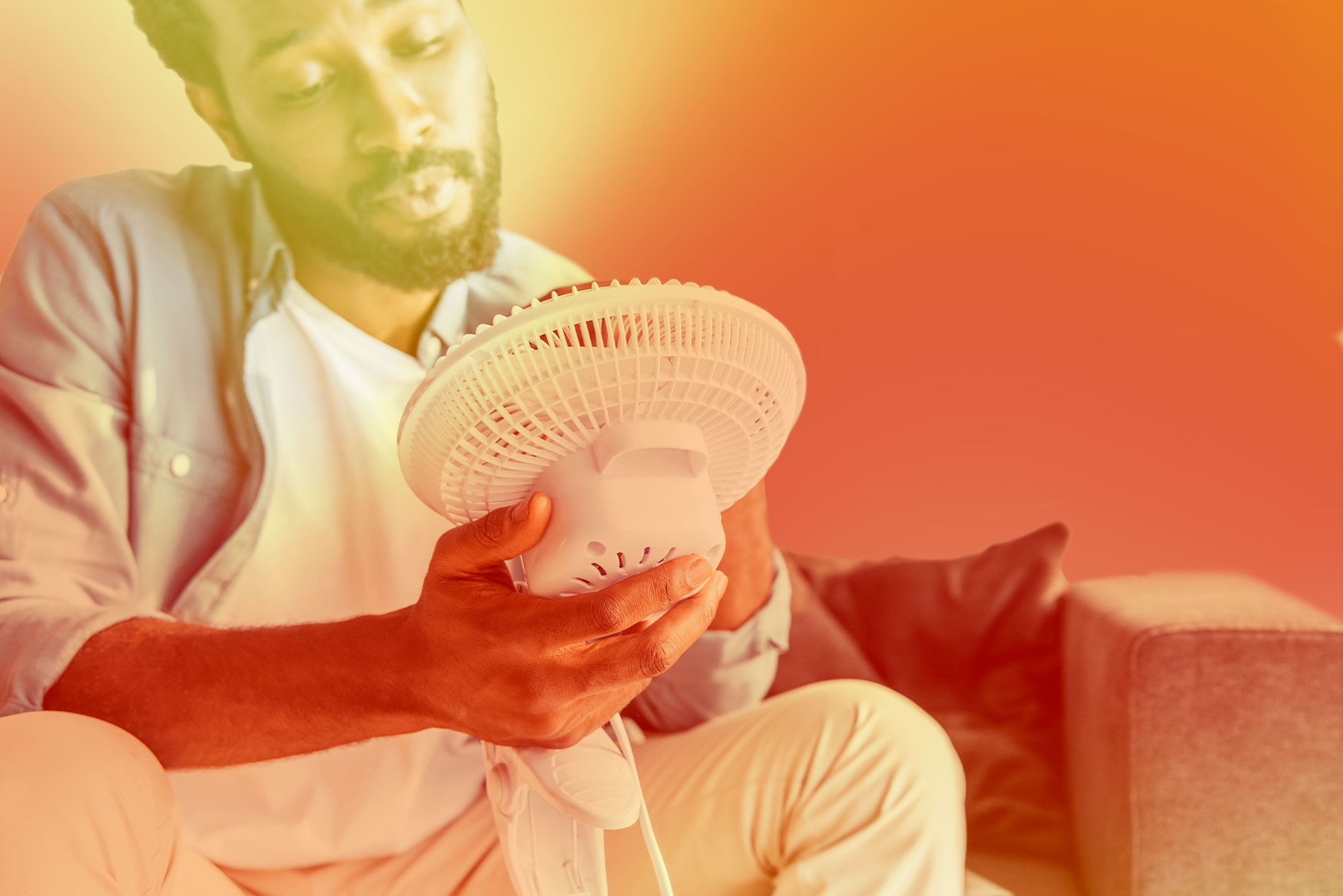

Summer’s right around the corner, but the heat is already on. From unrelenting sunshine to sizzling grills, feeling hot (and cooling down) are part of the daily grind now. PopSci is here to help you ease into the most scorching season with the latest science, gear, and smart DIY ideas. Welcome to Hot Month.
This story has been updated. It was originally published on May 10, 2018.
Summer is coming. And many parts of the country have already experienced days that encroach on the line between a lovely spring evening and one that’s so uncomfortably hot it makes you want to stand under a cold shower indefinitely. When those days come, every second you spend outside feels like a dehydrating walk through the sauna. But don’t sweat. There are ways to cool your body down without resorting to a portable AC unit.
Scientists first started studying how weather contributes to human comfort in the 1960s. That’s around the time when the invention of air conditioning finally let us control the temperatures of office buildings and homes. A scientist named Povl Ole Fanger came up with an equation called the comfort equation, which took into account a variety of different variables, including temperature, humidity, air velocity, clothing resistance, and activity level. His equation has also helped scientists better understand how the human body cools itself—and how to stay chill even on the hottest of days. Here’s what we’ve learned.
Wear loose clothing, mostly cotton
This seems obvious, but wearing clothing that is loose rather than tight allows air to flow past the skin. This carries away the warmth that your body generates and allows cooler air to flow back in. Clothes like tight jeans or a snug jacket trap that heat against your skin, which just makes you feel hotter. Less fitted clothes like loose pants, a flowy shirt, or a dress all allow air to keep circulating
The type of fabric you wear has an influence, too. When it’s really hot out, materials that “breathe”—allowing the flow of air through the fabric itself—also work to keep you cool. Cotton and linen are among the most breathable fabrics, so look for clothes made of those substances, as opposed to less permeable synthetics.
[Related: Heat is the silent killer we should all be worried about]
Apply cold packs strategically
Your body regulates its temperature via a small peanut-shaped section of the brain known as the hypothalamus. This region works almost like a thermostat in a home, turning the temperature up or down based on various factors—such as how cold or hot the skin is.
Certain parts of the skin have a larger influence than others. These areas are called pulse points. They get their name because you can feel your pulse there, and the reason you can do that is because vessels are so close to the edge of your skin that one can easily hear or feel the flow of blood.
When you want to lower your body temperature, chilling those pulse points with cold water or ice sends a signal to the brain that says, “I’m cold.” This tricks your brain into turning down its thermostat. Focus on pulse points that are easy to reach: the insides of your wrists, the area around your temple, and your neck. Holding an ice pack or even a cold washcloth against the skin on these regions will make your entire body feel cooler.
Count your steps
Exercising in extreme heat is usually not recommended. That’s because exercise actually heats the body up further and causes you to sweat, both of which make you feel more uncomfortable. When you’re sweating more, you’re also at greater risk of dehydration. So when it’s terribly hot outside, make sure you don’t exercise too much.
Hydrate
Speaking of sweat, that’s the best method our bodies have evolved to regulate body temperatures. Sweating helps to cool off the skin, which keeps the rest of us cool. And the human body can regulate itself far more easily when it’s fully hydrated.
Proper hydration regulates blood flow, which, in turn, helps to determine the temperature of the skin. That then tells our master thermostat, the hypothalamus, how to regulate our internal temperature.
The sad part is that, by the time you feel thirsty, you are already dehydrated. So, to prevent dehydration and its negative effects, you should be drinking water throughout the day on a regular basis—even before you feel thirst.